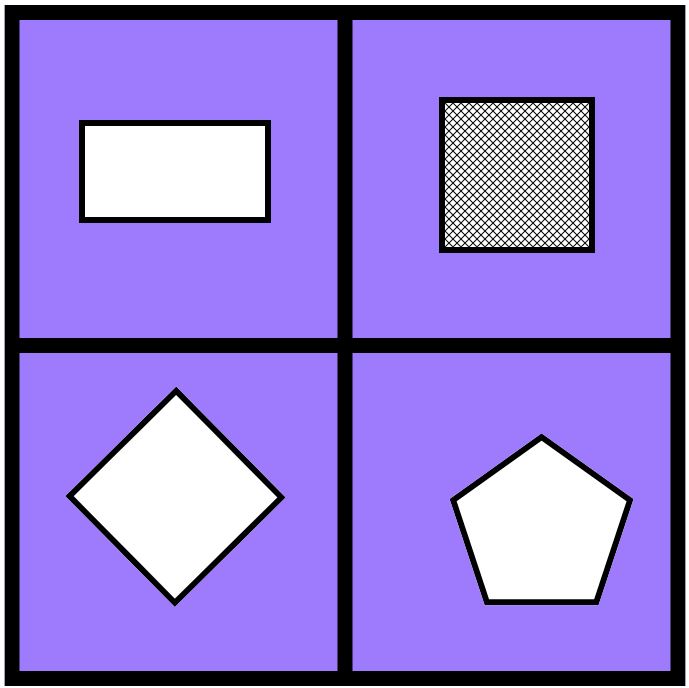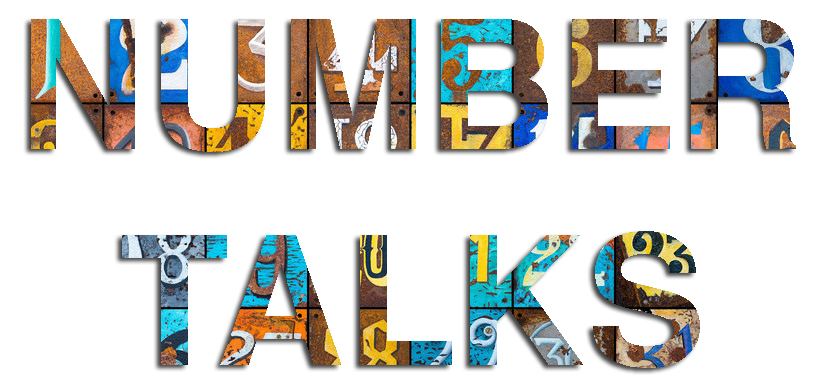These are undoubtedly interesting times, post-normal times. This is an era where our norms are reinvented, and our everyday assumptions challenged. This is a time for questions and reflection combined with a great search for understanding.
In this time, our notions of truth and the epistemological foundations of our knowledge are in flux. A battle rages between powerful factions which compete to shape our notions of truth, falsehood and belief. Politicians, corporations, media conglomerates, social networks and special interest groups each bring to the table their version of the truth. Competing constructs for how the world and its events are best understood abound, and evidence in support of any version of the truth is scant and muddied.
Once philosophers and scientists sought to uncover the truth. It was imagined that this one version of the truth existed in the reality of our world waiting to be found. Science was the great tool with which we would make sense of our worlds. As we explored further into the mysteries of the world, we believed that we were building enormous reserves of knowledge. These banks of knowledge, once analysed by those with wit and wisdom, would explain away the mysteries of our age and unlock a new age of enlightenment.
Today, information has become ubiquitous. Each day we generate more and more information, and most of it is never seen. While once those with access to knowledge were made powerful, today recourse to facts and information seems to hinder the power of the stories we tell. Reputation, emotion, status, and likes on social media seem to carry more weight when debating the truth than does scientific research. A compelling fiction wrapped in an appealing narrative appears to carry the day. Facts are most likely to spoil the party and ruin the fun.
As we rush towards 2020, more than ever, it seems our future depends upon our capacity to see true truths. And yet everywhere we look, we find ourselves confronted by multiple re-tellings of a truth. Each truth story has its foundation in some version of reality. Each story is told in compelling rhetoric. Each teller assumes a mantle of confidence in the story that they have to share. Each assumes that all other versions are manifestly false and that this falsehood is tangible to the wise. Each storyteller has their followers who ardently retell the story and add their weight to its validity. Truth becomes not that which is true, but that which is sold to the largest band of the most vociferous followers.
Today’s students enter this world, trusting in their educators to provide them with the skills they require to uncover the truth. It is likely that during their time at school, they will be taught numerous strategies to evaluate claims. They will learn to think like scientists. They will become literary critics. They will interpret historical events and engage in debate over significant ethical and political dilemmas. They will become skilled in the knowledge arts.
But will this be enough? In the post-truth era, does the capacity to utilise knowledge prepare one adequately to do battle against falsehood? When those selling untruths know the falsehood of their stories, does the bright light of truth shine through? Perhaps not.
The young truth-seeker requires a new literacy. The capacity to read each truth story, to understand its origins, its motivations, its place in the world and the purposes it serves. The defence of truth requires a close reading of each truth story rather than a search for the one true version of it. The literate defender of truth must seek to fully understand the beliefs which compel each story’s believers. Armed with this knowledge and their capacity to evaluate one set of claims against another, they can begin to weave a more compelling and truer truth. They will rely on powerful tools and evaluate multiple sources of knowledge as truth-seekers have always done.
What changes is how they share their insights with the world. A full-frontal assault will be avoided. Instead, they will deploy subtlety and nuance. Each audience will receive an alternate telling of a truth story woven from threads of true and tested knowledge. Each story will be personalised to best exploit its audiences weaknesses, appeal to their beliefs and gently guide the listener towards a fresh understanding. This is the deliberate politicisation of the process of spreading truth, wisdom and knowledge. This is empowering those who believe that knowledge founded in reason and logic should be our guide.
“If you know the enemy and know yourself, you need not fear the result of a hundred battles. If you know yourself but not the enemy, for every victory gained you will also suffer a defeat. If you know neither the enemy nor yourself, you will succumb in every battle.”
In The Art of War, Sun Tzu points the way forward. Our students must be taught to know not only truth from falsehood. They must also possess an understanding of the origins of the untruths they seek to extinguish.
By Nigel Coutts


















